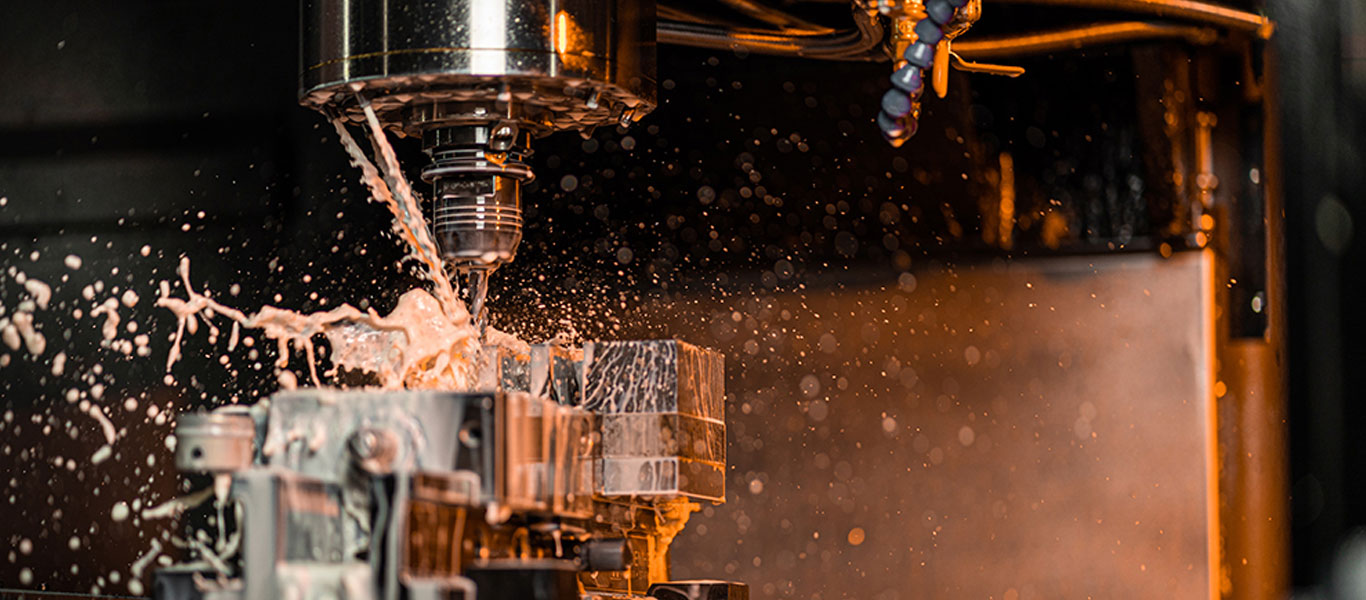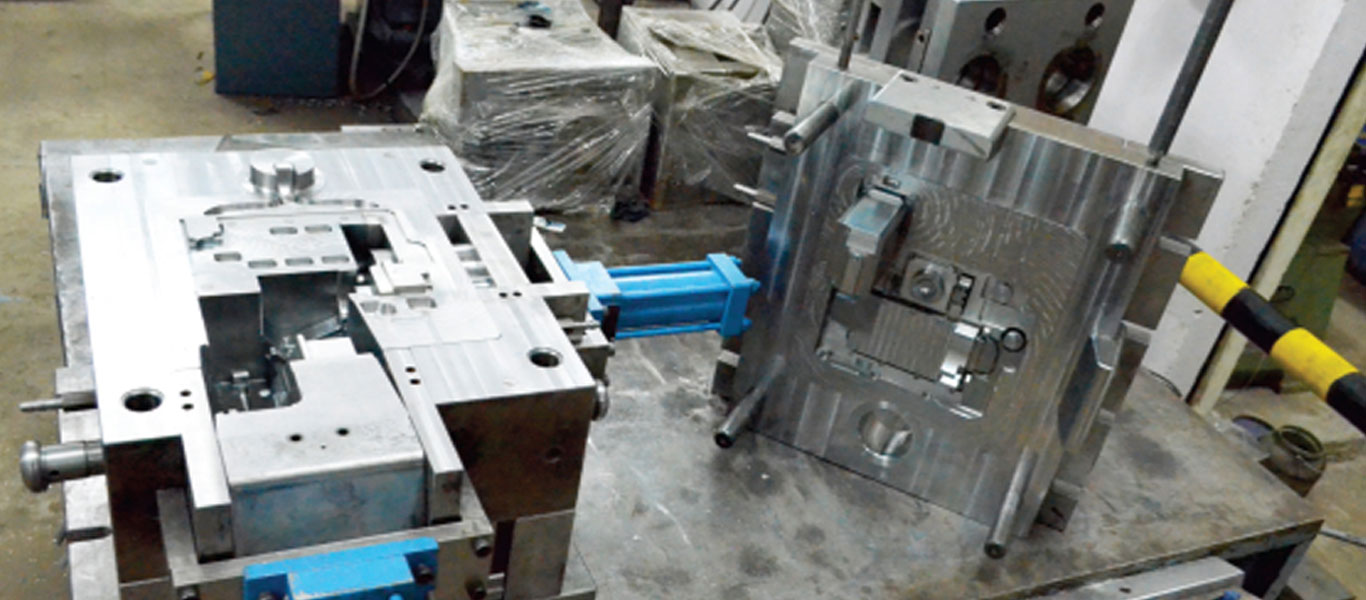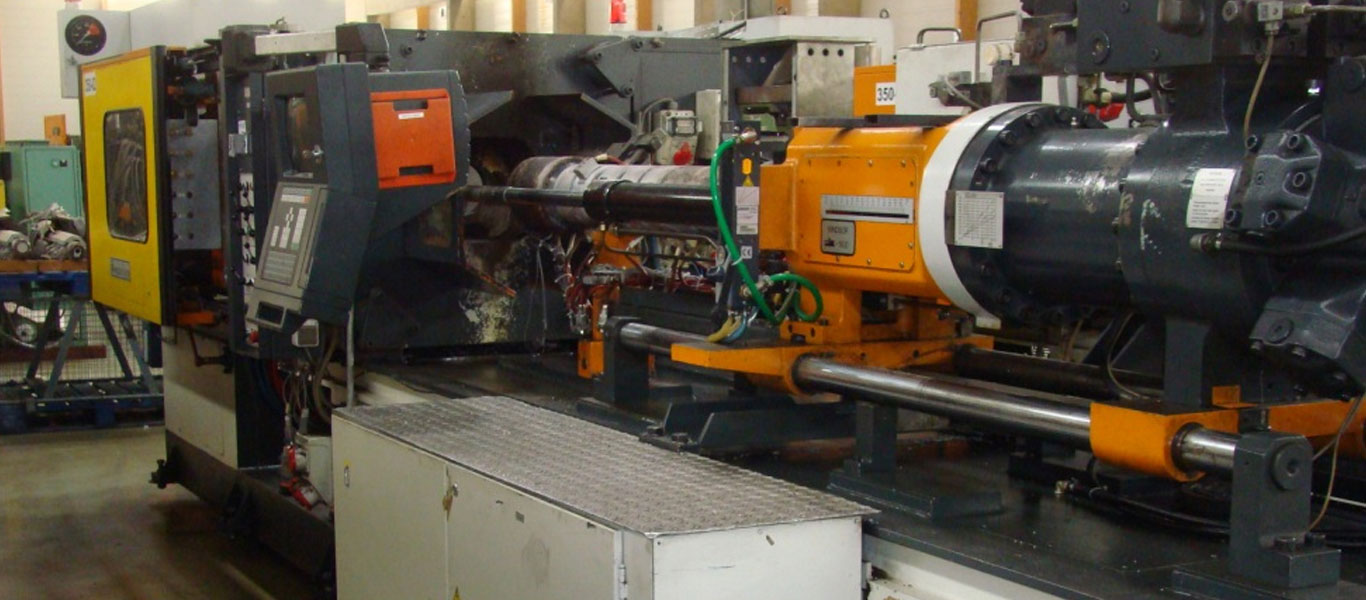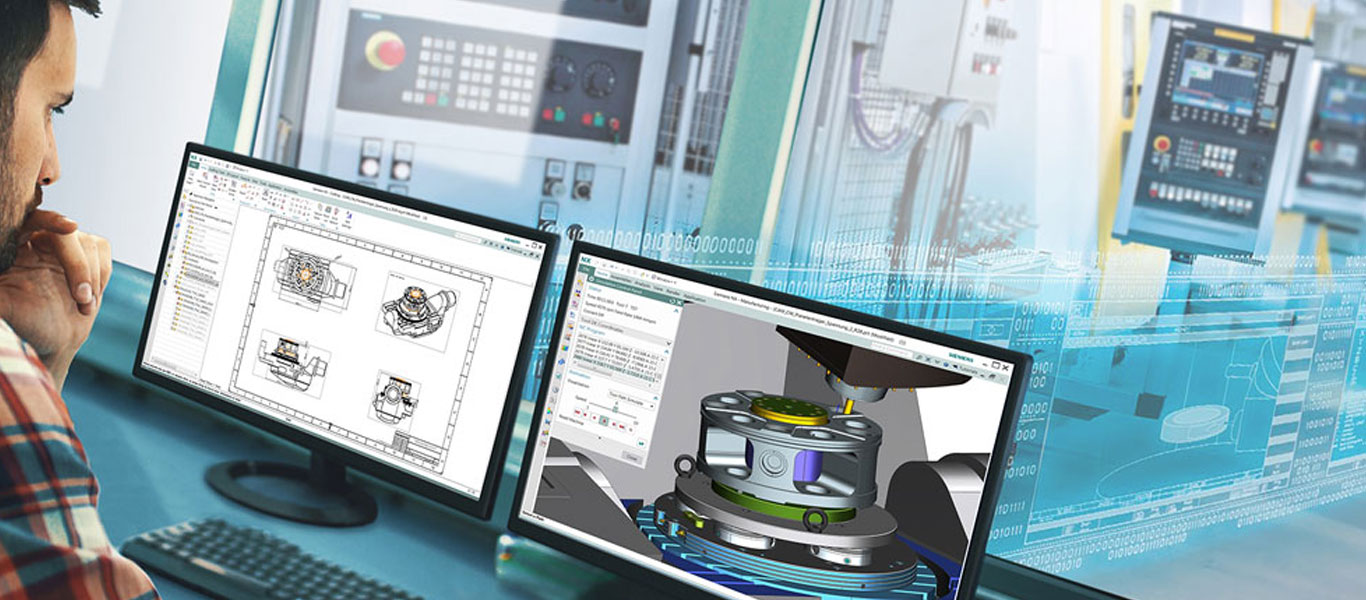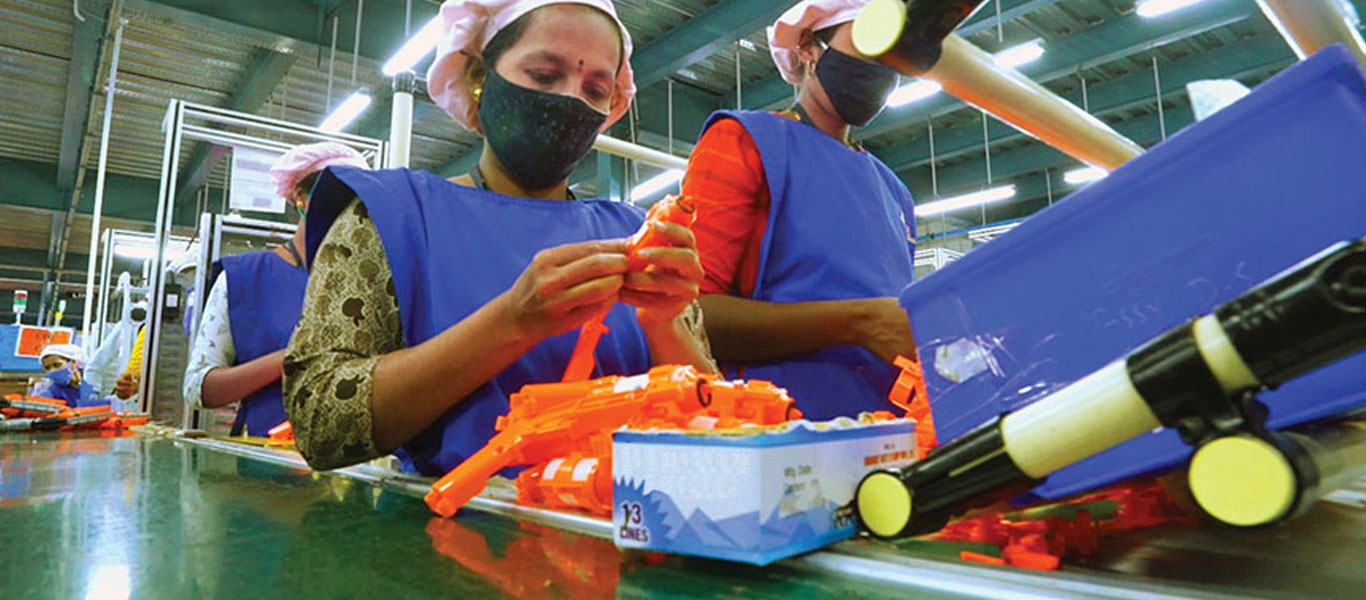Technology Experts
The latest machines and their explicit knowledge by our engineers is what keeps us top-notch. Our ultramodern machine enable us to handle commercial job assignments smoothly.
Quality Work
Our quality process ensures that only the highest quality products are delivered to our customers. We understand there are a wide range of industry standards, which is why we design to meet or exceed standards as needed by our customers.
Reliability & Trust
We are committed to deliver the best-in-class products and services that delight our customers. We believe in building long term relationship by offering after sales services to our clients.
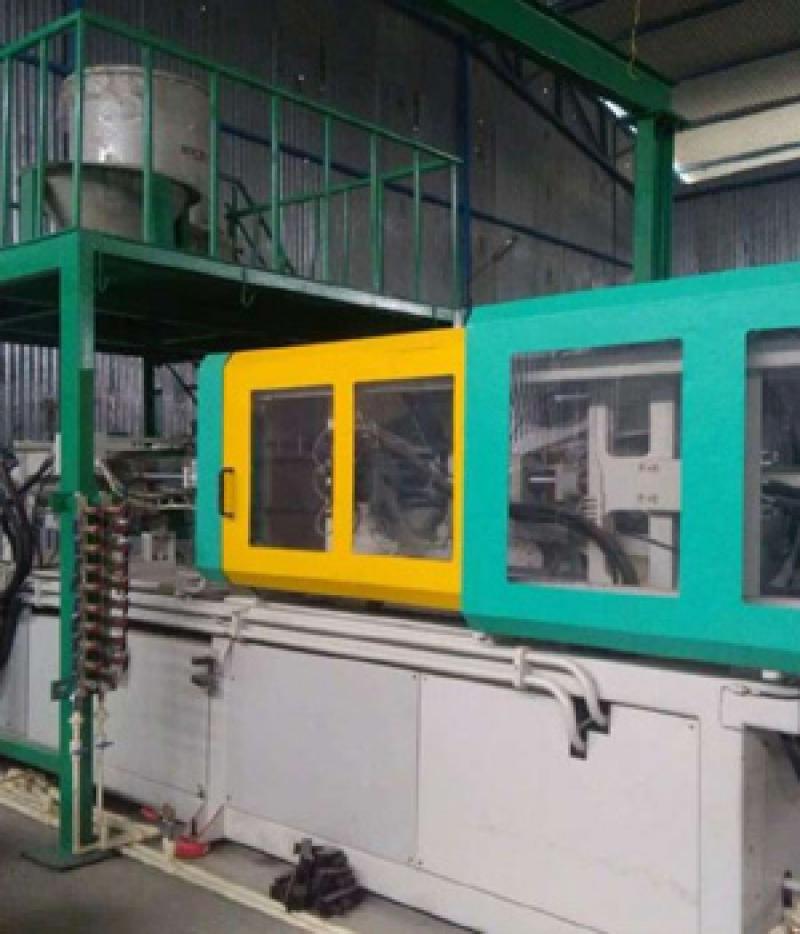
|
Injection Moulding FacilitiesInjection moulding uses a ram or screw-type plunger to force molten plastic or rubber material into a mould cavity; this solidifies into a shape that has conformed to the contour of the mould. It is most commonly used to process both thermoplastic and thermosetting polymers, with the volume used of the former being considerably higher. Thermoplastics are prevalent due to characteristics that make them highly suitable for injection moulding, such as ease of recycling, versatility for a wide variety of applications and ability to soften and flow on heating. Thermoplastics also have an element of safety over thermosets; if a thermosetting polymer is not ejected from the injection barrel in a timely manner, chemical crosslinking may occur causing the screw and check valves to seize and potentially damaging the injection moulding machine. Injection moulding consists of the high pressure injection of the raw material into a mould, which shapes the polymer into the desired form. Moulds can be of a single cavity or multiple cavities. In multiple cavity moulds, each cavity can be identical and form the same parts or can be unique and form multiple different geometries during a single cycle. Moulds are generally made from tool steels, but stainless steels and aluminium |
